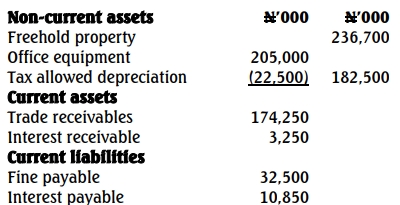- 15 Marks
CR – Nov 2021 – L3 – Q6 – Accounting Policies, Changes in Accounting Estimates, and Errors (IAS 8)
Evaluate IFRS solutions to accounting challenges, commercial pressures, and accounting techniques under such pressures.
Question
Directors of companies are expected to issue financial statements that present fairly the financial position, financial performance, and cashflows of their entities. Hence, financial statements are supposed to be a faithful representation of the effects of transactions and other events in accordance with the definition and recognition criteria for assets, liabilities, income, and expenses set out in IFRS. However, a fair presentation can encompass a range of different figures because alternative accounting policies can produce different results. Also, the application of accounting policies in accordance with IAS 8 is often based on estimates and judgments. Valuations and estimations are key factors in drafting financial information. Regulatory frameworks, both local and global, asserted conscious efforts to address some of these problems. However, the strength of a regulatory framework may be undermined by commercial pressures on those responsible for preparing financial statements.
Required:
a. Evaluate the ways in which IFRS has tried to alleviate the problems illustrated above.
(5 Marks)
b. Discuss FIVE likely commercial pressures on preparers of financial statements.
(5 Marks)
c. Examine TWO techniques employed by accountants to produce desired accounting results when faced with such pressures.
Find Related Questions by Tags, levels, etc.



